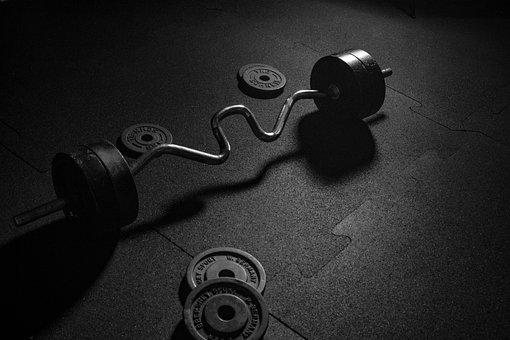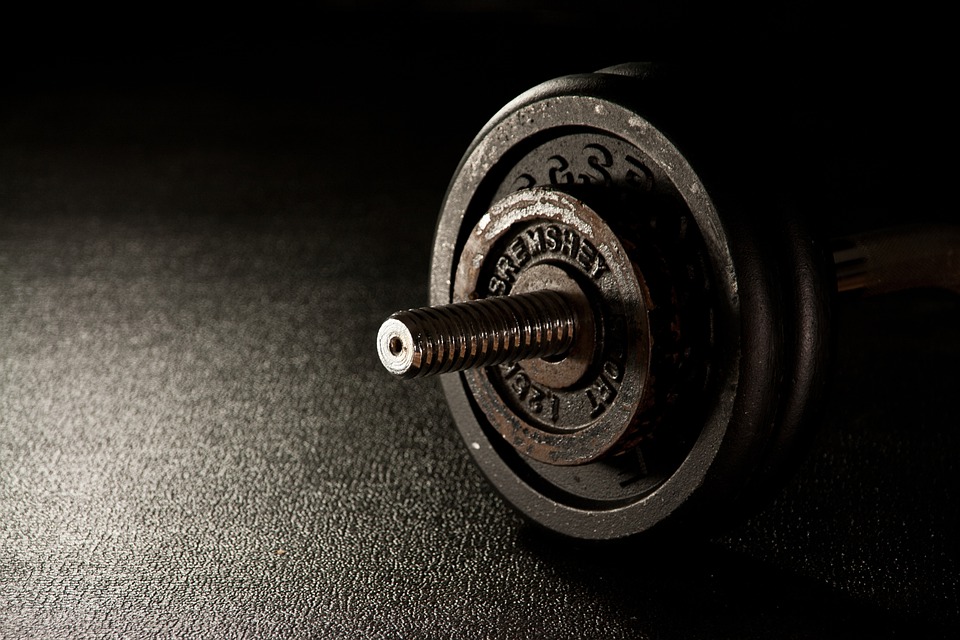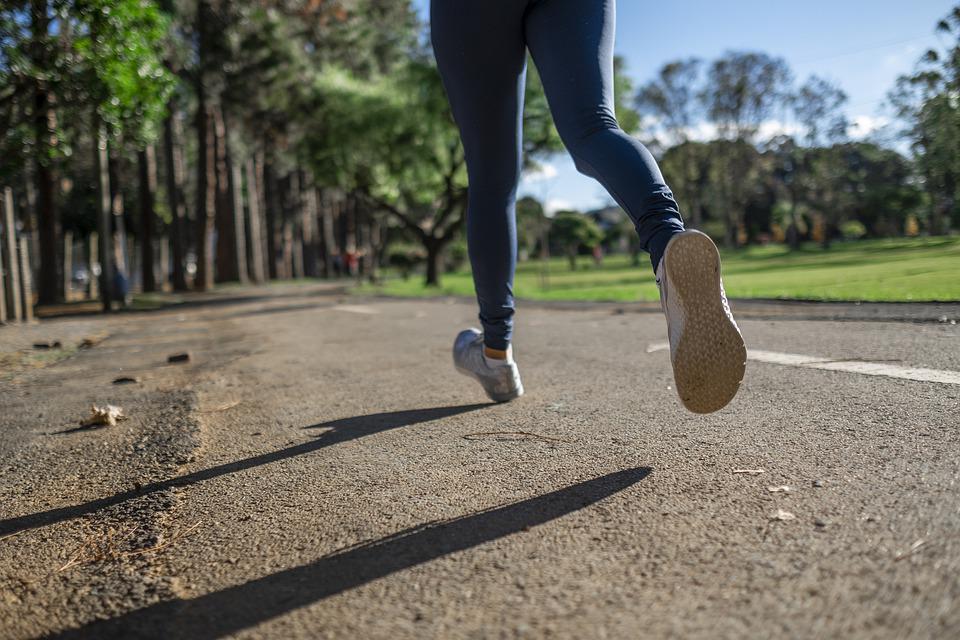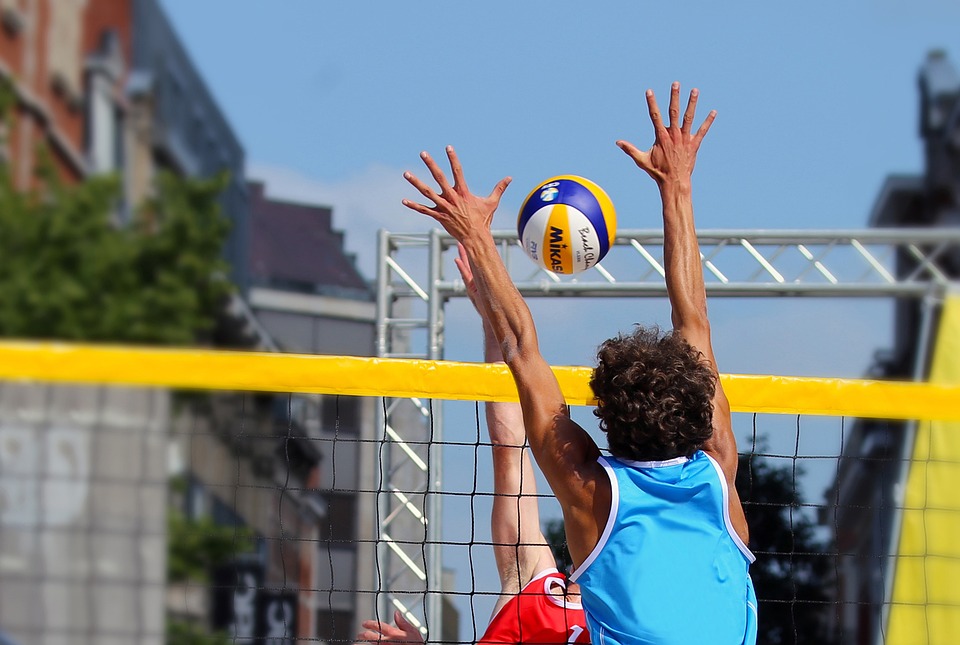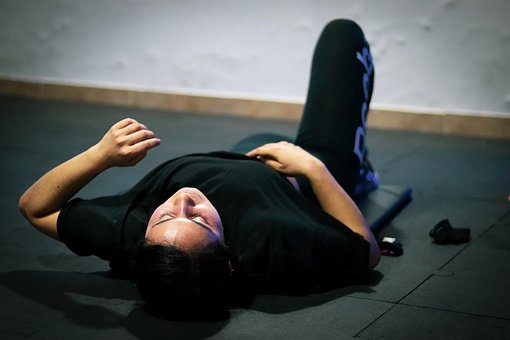
It doesn’t have to be difficult to figure out when you need to take a break. This article aims to provide insight into the amount of rest period needed in between sets, regardless of what you hope to achieve with your training. We’ll review several different methods of finishing your sets with rest breaks in a stimulating and difficult manner.
How long should you rest between sets? 1 minute? 3 minutes? 5?
After reading this post you will learn:
- The optimal rest times for muscle growth, strength, and endurance,
- If you should be fully recovered before doing another exercise, and
- How long you should rest between workouts.
Let’s get started.
How Long Should You Rest Between Sets?
You need to take a break of 30 seconds to 5 minutes in between sets, depending on the weight you are lifting.
Typically, the greater the weight, the more time you need to rest between sets. Doing the same sets multiple times should make your breaks in between shorter.
In short:
- the heavier the exercise,
- the fewer reps you will be able to do, and
- the longer your rest period needs to be.
You can adjust your rest times between sets to make your workout more effective. These exercises can really get your blood pumping, and cause more strain on your muscles, which could actually be a great way to gain strength.
Drop Sets
A useful way to make the most of rest intervals during your exercise routine is by incorporating a drop set.
Bodybuilding.com states that a drop set involves doing a set of any exercise to close to the point of exhaustion, and then reducing the amount of weight and doing another set with the new weight. This can put a major strain on your muscles and, when done correctly, could result in greater gains in strength than with standard sets alone.
A 2017 study that was published in The Journal of Sports Medicine and Physical Fitness suggests that higher muscle gains may be obtained with a single set of dynamic strength exercises, compared with three sets of traditional resistance training, likely because more stress is encountered in the dynamic strength routine.
Let’s analyze this further with an illustration.
If you’re exercising, consider doing a chest press for your next move. You have two options. You could either:
- Option 1: Do 3 straight sets of chest presses (typical resistance training)
- Option 2: Do 1 intense drop set of chest press
Despite believing that a greater number of sets would yield better results, research indicates that a drop set may yield more impressive gains. Is doing drop sets the most effective approach? Athlean-X does not completely agree with this.
Active Rest
A stimulating type of downtime can be found in the guise of active rest.
Healthline states that active rest is done by doing low-energy physical activity, usually involving cardio, after a strenuous exercise set or routine. They assert that engaging in some type of activity is usually better than doing nothing, taking a complete break, or simply sitting. It can promote circulation and aid muscles in regaining strength following intense physical exertion.
Not sitting around and keeping your body in motion could potentially be very beneficial. The benefits of taking a break during a workout can include decreasing lactic acid in muscles, clearing toxins, maintaining the suppleness of muscles, and preventing soreness.
The American Council on Exercise discovered that athletes performing at a rate 50% of their maximum capacity after becoming fatigued experienced quicker recovery times than those who stopped altogether, according to Healthline.
Taking breaks that involve physical activity is an ideal option for many people as there are so many activities to choose from. There are a few different methods for adding active recovery into your exercises: for instance, you can swim, take a stroll at a slow speed on the treadmill, or opt for interval training, Nerd Fitness explains.
Active rest helps maintain an elevated heart rate as well as a relaxed and warm physique, as well as allowing your body to consistently burn calories. Doing cardio workouts can be helpful in reducing body fat, and combining it with high-intensity interval training (HIIT) makes it even more potent. Incorporating cardio and HIIT into your regimen is a breeze, particularly with something like swimming, which provides a comprehensive workout. You can look over our reports on swimming and high-intensity interval training to find out additional details, and to discover all the positive aspects that it offers as cardio exercises.
Exercising can seem intimidating and unappealing when your energy is low after a vigorous session of lifting weights. Taking a break to allow your body to rest and recover after a strenuous period is essential. Don’t push yourself to do something if you’re feeling overwhelmed and your body can’t handle it. Nonetheless, it would be beneficial to take regular breaks for some light activity between workouts rather than not. You can potentially become even more powerful than before when you move on to the next exercise, so don’t hesitate to try it out.
Supersets
Employing rest as a major part of your routine can be accomplished by utilizing supersets. Bodybuilding.com explains that supersets involve doing two or more exercises consecutively, without rest, that work out different muscle areas.
Performing consecutive exercises that target different muscle groups is referred to as a separated superset. He gives an example of doing a series of bench presses (which exercises the chest muscles) followed straight away by a series of leg extensions (which strengthens the legs).
Instead of doing exercises that focus on different muscle groups, with grouped supersets, you will be performing exercises that concentrate on the same muscle group. Performing bench presses directly followed by pec decks would be an example of a grouped superset, as both exercises target the chest.
Be sure that you are well acquainted with all of the workouts you intend on incorporating into your superset before you give it a go. It is essential not to strain yourself when you initially perform a superset, be it one of your own or one that Jeff from Athlean-X mentions. Supersets can be incredibly challenging for the body and if you do too much, it can hurt your later workouts, so know what your own body can manage.
Does Rest Time Between Sets Matter?
The time between sets is important if you are hoping to tailor your workouts to accomplish a certain aim.
Generally speaking, there are four distinct kinds of training objectives.
- Training for endurance
- Training for hypertrophy (aka to build muscle mass)
- Training for strength
- Training for maximum power/ absolute strength
Can you describe the weights as being light, moderate, heavy, or very heavy?
Let’s go over each one by one.
How Long Should You Rest For Muscle Growth (AKA Hypertrophy)
Studies indicate that if you are doing exercises to increase your muscle mass, you should rest for a duration of around 3 minutes in between sets. For muscle growth, you should be working with weights that are reasonably heavy. This indicates that the amount of reps that should be done with any particular weight is between 7 and 12.
3 minutes is the sweet spot. If you don’t time it correctly – either being too late or too early – you can reduce the results of bodybuilding workouts. 3 minutes go by fast. So set your timer.
How Long Should You Rest For Strength?
Rest times while strength training should typically be between 3-4 minutes. It should be obvious that if you are trying to increase your strength, you should lift weights that are quite substantial. This means your weights should be challenging. If you are able to perform more than 6 reps per set, you are not working towards increasing your strength. Instead, aim to do 3-4 repetitions per set with good form. Weights that are heavier will exhaust your central nervous system to a greater extent than those of a weight range for the purpose of building muscle.
Studies have been conducted and the results confirm that taking a 3-minute rest between sets is an effective way to build muscle mass and strength. It may take some time for your mind to become prepared for any successive sets. You should be able to maintain a consistent amount of volume by taking longer breaks between sets.
How Long Should You Rest Between Sets When Using Maximum Weight?
If you are attempting to reach the most strength possible (that is, a one-repetition maximum), it is best to take an extended break of approximately 4 to 5 minutes. This form of exercise necessitates the lifting of exceptionally heavy weights. It’s great to challenge yourself by incorporating heavier weights every so often. This should be done with weights that you are only able to do 1-3 reps per set. (With good form!)
Training in this range is tough mentally and physically. The intent of allowing a longer break is to help decrease the tiredness built up from doing sets, thereby allowing you to do multiple sets.
It is advisable only for an experienced weightlifter to attempt this form of exercise because of the potential for injury.
How Long Should You Rest Between Sets To Build Endurance?
If you are working out to improve stamina and metabolic condition, you should take breaks of 30 to 90 seconds between sets. This is likewise referred to as metabolic training or “met-con” for brief. This is advantageous for athletes who take pleasure in extended athletic contests such as running and CrossFit.
Repetitions exceeding twelve per set are typically implemented in endurance training. It’s clear that the load being lifted will be much lighter than when performing the other three workouts, so the strain of the exercise is much less.
Endurance training resembles cardio more than anything. Taking breaks between activities that are brief in length allows you to maintain an elevated pulse rate which helps you train your cardiovascular system. You should not anticipate acquiring considerable muscular mass or power from this type of exercise.
Is It Bad To Rest Too Long Between Sets?
It is generally recommended that one not take more than 4-5 minutes of break in between sets. Especially if you aren’t training for maximal strength. Taking more than 5 minutes of a break between sets may cause you to cool down, resulting in a decrease in your internal body temperature and blood flow.
This will be a complete waste of time and may reduce your capacity to stay consistent between sets.
What Should You Do When Resting Between Sets?
You have the option of pausing entirely between sets or preparing for a compound exercise. Take a seat, relax, and prepare your mental focus for the upcoming round.
You can use a timer to ensure that you adhere to the designated break times.
How Long Should You Rest Between Exercises?
If you are lifting weights that are of reasonable weight, it is recommended that you rest for between 2 to 3 minutes in between each exercise. If you are engaging in lengthy exercise or working with light dumbbells, it is suggested that you pause for 30 to 90 seconds in between sets.
Only rest for as long as it takes for you to recover your breath from your preceding workout. Although you may still be in the process of healing, pushing yourself to continue to be active can help to develop your endurance.
How Much Rest Do You Need Between Workouts?
Try to exercise 3-4 times per week. It’s not a good idea to work the same muscle group with barbell lifts that involve multiple joints on two successive training days.
Give approximately two days of rest between exercises targeting the same muscle groups.
How Long Should You Rest Between Sets For Weight Loss?
To achieve the greatest reduction in body fat, you should aim to do as much activity as you can in the least amount of time. Therefore, you should use shorter rest intervals.
How short?
30-90 seconds of rest.
This exercise will not only help you develop endurance in your muscles but will also help you shed the most calories. This sort of preparation is advantageous if you are doing an exercise with vigorous bursts of activity and rest.
Conclusion
It’s likely that you have considered this frequently when lifting weights. If you are unfamiliar with weight lifting or lack a private instructor, it may be tricky to have an understanding of the amount of time you ought to rest between sets. Taking too long of a break can decrease the temperature of your muscles and make it more difficult for you to pick back up from the last effort, potentially leading to an irregular routine. not getting enough sleep can cause you to push yourself too far, leading to fast burnout and potential harm, if you’re not very mindful.

